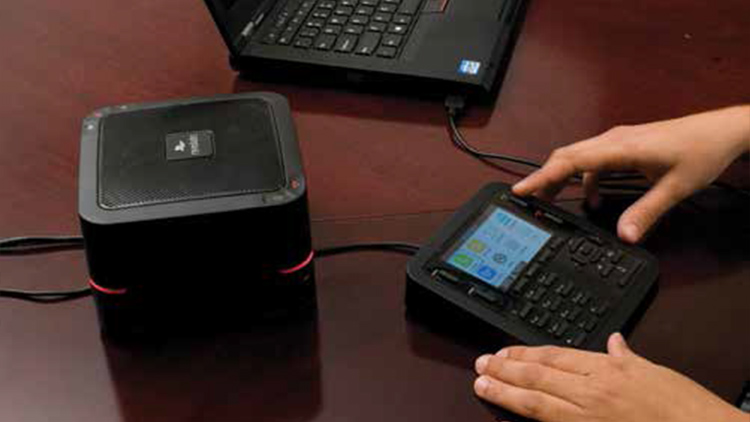The way we work, as envisioned by Information Technology departments (IT), has been going through a number of key changes—enabled and driven by technological, social, and economic changes. The cascade effect of those changes has revised our expectations of what IT should be delivering to us as users. What hasn’t changed, however, is the fundamental way humans work and interact—and that is really important to hold on to. Too often we define the way we work as being the tools we use. But the tools are simply manifestations of “effective,” “easy,” and “convenient.” Their constant change does not represent a change in humans.

Alan MacLeod The evolution of communications serves as a perfect example, starting with telephony. The industry has moved from analog to Voice over Internet Protocol (VoIP) and Unified Communications (UC). This is predominantly a technology change, i.e. telephony and UC are about the technology that enables communication, and those technology changes have facilitated behavioral changes. The move to VoIP and UC has allowed us to move out of the central office to remote, mobile, and home offices—or even no office at all—while still appearing as if we’re within the corporate walls from a communications perspective. This change has been mostly socially driven because if we can work from home, we often do—technology enables it, but lifestyle drives the need and the fulfillment.
For many years, mid to large enterprises had dedicated AV staff to support their video infrastructure. UC and the use of software-based video codecs offer a simpler model. Today a video room can be no more complex than a dedicated PC with a large screen, a (web) camera and a unique user input device (such as a remote control or tablet as opposed to a keyboard and mouse). This less-specialized equipment has enabled IT to take over more and more of what was originally AV work. Superficially, this appears to be a technology-driven change, but really it’s an economic trend, enabled by technology—the new technology is less expensive and can be supported by IT generalists.
One final change is key: user expectation. IT has traditionally dictated the infrastructure we could use. Our only option was to learn how to be effective using it. Today, if the capability I want isn’t available from IT, I download an app that meets my expectation, I expect the technology to work, and focus on whatever makes my life easier.
Many other important trends affect us at work: bring your own device (BYOD), how we use company-owned personal equipment (COPE), mobile, cloud, etc. But like the shifts in communication, none of these changes have fundamentally altered our objectives at work, or our need to interact with others to get work done. They are all tools, tools that provide degrees of effectiveness, ease, and convenience.
Despite all the so-called changes in the way we work, all we really want to do is continue to work as well with colleagues now that they are not sitting next to me, as we did when they were—i.e. we want to collaborate effectively.
So what does this mean for communications solutions? It means our problems cannot be solved by solely thinking about technology—technology is expected. Instead, our requirement is “effective,” “easy,” and “convenient.” Or in one word, it’s all about “usability.” If it’s too hard, we will do something else (BYOD enables this), so usability has become paramount, which means collaboration has to be the primary focus of any solution. Collaboration is not UC or mobile, nor any one technology—it’s how we work, whether local or remote. It’s simple, repeatable, and unobtrusive—if done right. So are we looking for a new way to work? No. We just want the old way, but done better.
Alan MacLeod is an industry expert on behalf of Revolabs.
Audio Must Be Great, Not Just “Good Enough”
Delivering high quality live audio has always been a huge challenge—whether live or networked. “The number one priority is to make sure that good quality microphones are in very close proximity to the source of the audio, and placed away from any live sound speaker systems and ambient noise sources,” said Randy Jackson, director of Academic and Learning Technologies at the University of Washington School of Dentistry. “This is not a secret—you must provide a high-quality source signal and restrict ambient sound interference.” The network will introduce its own challenges but they will be much easier to overcome when your source signal is strong and clean.










